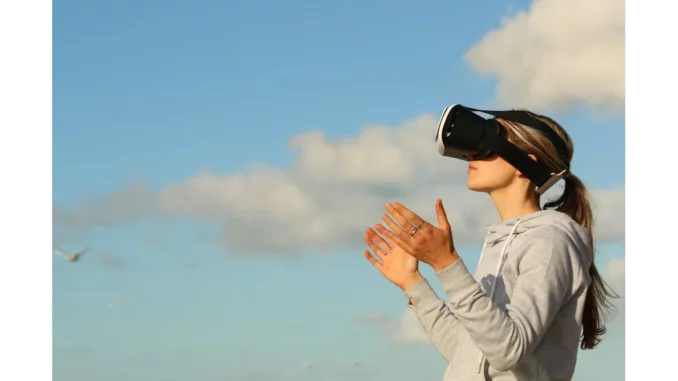
In the vast and challenging terrain of Western Australia’s Pilbara region, an innovative AI-enhanced camera is revolutionising the field of ophthalmology. This technological marvel is transforming eye care for remote and Indigenous communities, an effort that Dr. Emily Lawson, an esteemed expert in medical AI, recently witnessed first-hand. Over a warm cup of tea, Dr. Lawson shared her insights into this groundbreaking initiative, which is bridging significant gaps in healthcare access.
Dr. Lawson’s enthusiasm was palpable as she described the transformative power of this AI-driven technology. She emphasised the unique challenges posed by the Pilbara’s expansive geography and sparse population, which have historically hindered healthcare delivery. “This AI camera is truly a game-changer,” she remarked, highlighting its role in overcoming these barriers. Developed through a collaboration between researchers from University College London (UCL) and Moorfields Eye Hospital, this camera captures highly detailed images of the retina. Its primary objective is to detect diabetic retinopathy, a condition that can lead to blindness if not addressed promptly. Dr. Lawson pointed out the alarming statistic that blindness rates among Indigenous Australians are nearly three times higher than those of their non-Indigenous counterparts, underscoring the urgent need for such a technology.
The initiative, spearheaded by Lions Outback Vision, is pivotal in delivering this technology to the Pilbara. This region, encompassing approximately 45,000 residents spread across an area almost twice the size of the United Kingdom, has long struggled with healthcare accessibility. Traditional healthcare models prove impractical given the distances involved, but the introduction of a mobile eye health service equipped with AI technology offers a promising solution. Dr. Lawson described the Lions Outback Vision van as a “mini clinic on wheels,” fitted with an Optical Coherence Tomography (OCT) machine and the AI system. This setup allows for immediate detection of eye conditions, significantly enhancing the efficiency of eye care delivery.
The streamlined process involves screening patients and instantly analysing their retinal images with AI. Should the system detect a high-risk condition, patients can immediately engage in a telehealth consultation with an ophthalmologist. Dr. Lawson stressed the critical nature of this immediate feedback, explaining that early detection and treatment can significantly reduce the risk of blindness for many patients. This capability is particularly crucial in remote areas where access to specialist care is limited.
A noteworthy advancement within this project is the use of the RETFound model, the world’s first AI foundation model for eye health. Dr. Lawson highlighted its role in fine-tuning the AI with locally gathered data to improve its accuracy for Indigenous populations. “RETFound is a testament to the power of data,” she noted, explaining how the integration of anonymised eye images from Moorfields with local data enhances the AI’s capabilities. Beyond detecting diabetic retinopathy, the model holds potential for identifying other conditions, such as cardiovascular disease, broadening the scope of its impact.
The implications of this technology are far-reaching, offering a lifeline to communities in remote Western Australia. Dr. Lawson observed that the initiative is about more than just eye health; it represents a commitment to equity and access, bridging the healthcare divide for underserved populations. The collaborative spirit of this international partnership, bringing together expertise from the UK and Australia, has led to a novel approach that is saving both sight and lives.
The deployment of this AI-enhanced eye care system in the Pilbara exemplifies the remarkable achievements possible when technology and human ingenuity converge. It is a narrative of hope and progress, encapsulating the essence of giving individuals the opportunity to see the world more clearly, both in a literal and metaphorical sense. As Dr. Lawson eloquently stated, this initiative is about providing people with the chance to view their world anew, empowered by cutting-edge innovation.


Be the first to comment